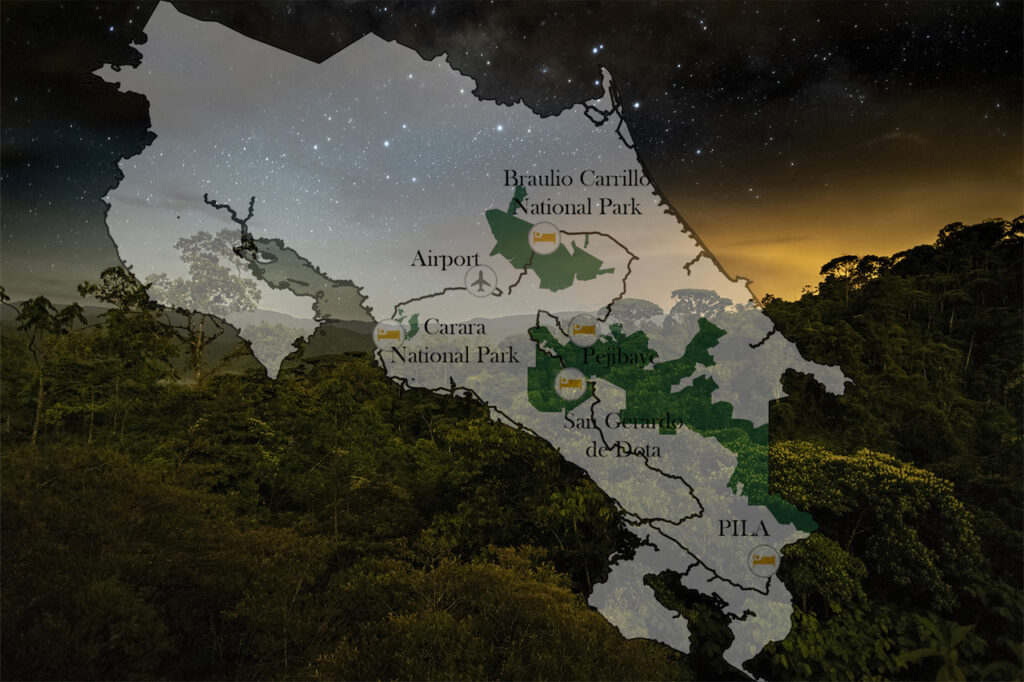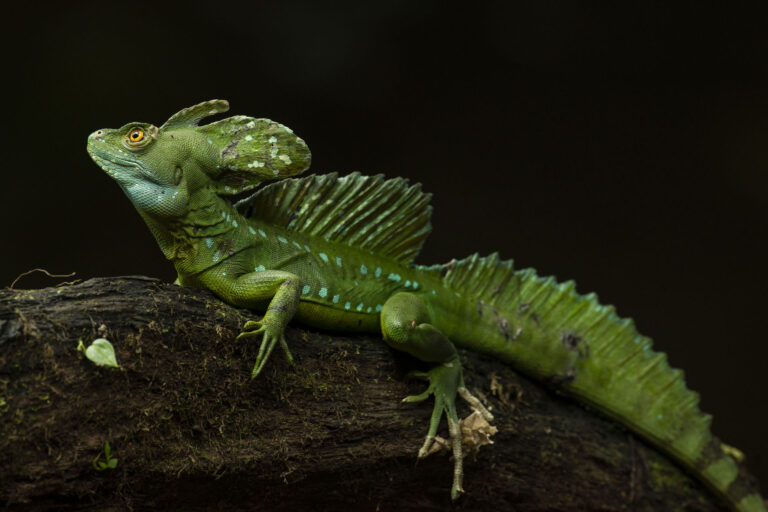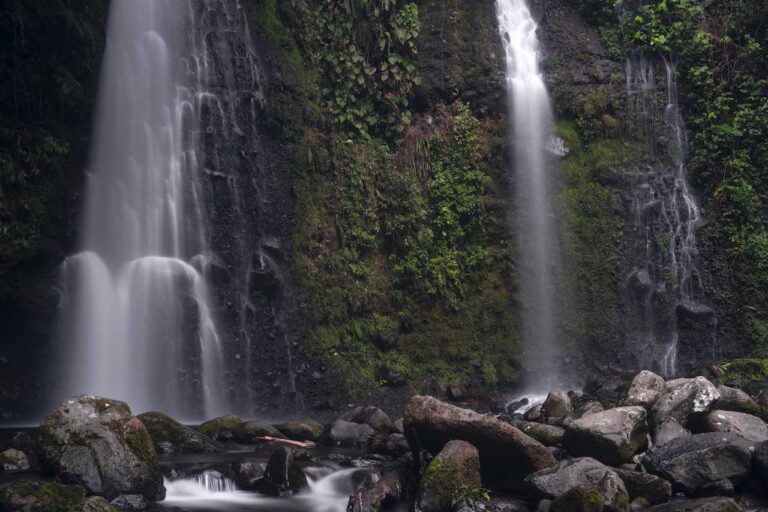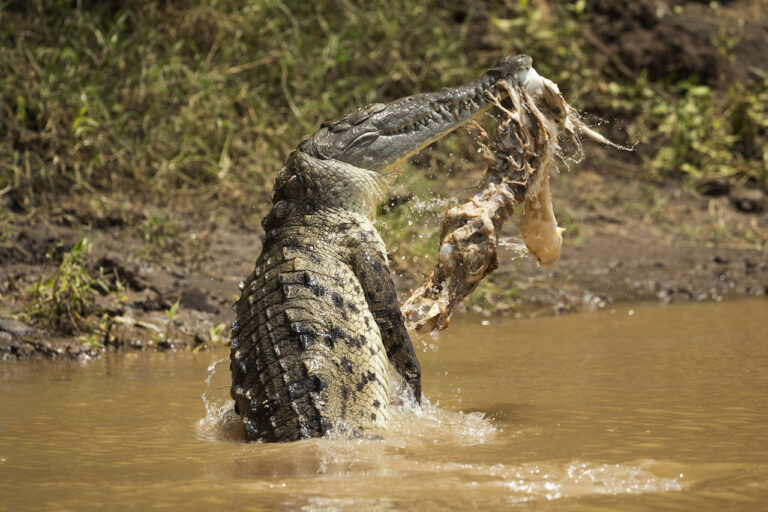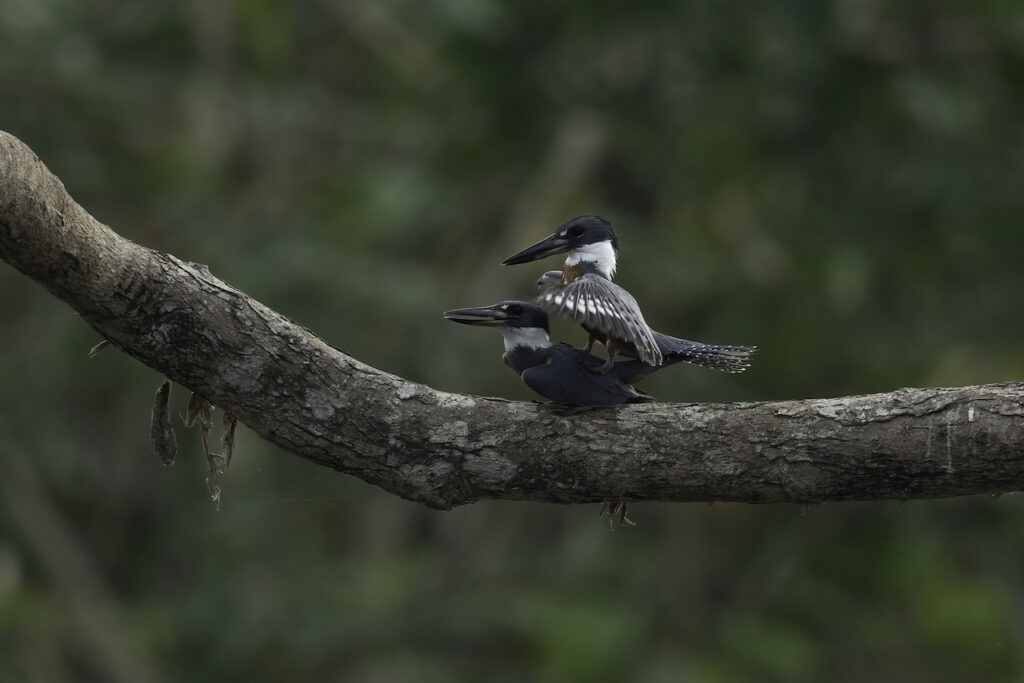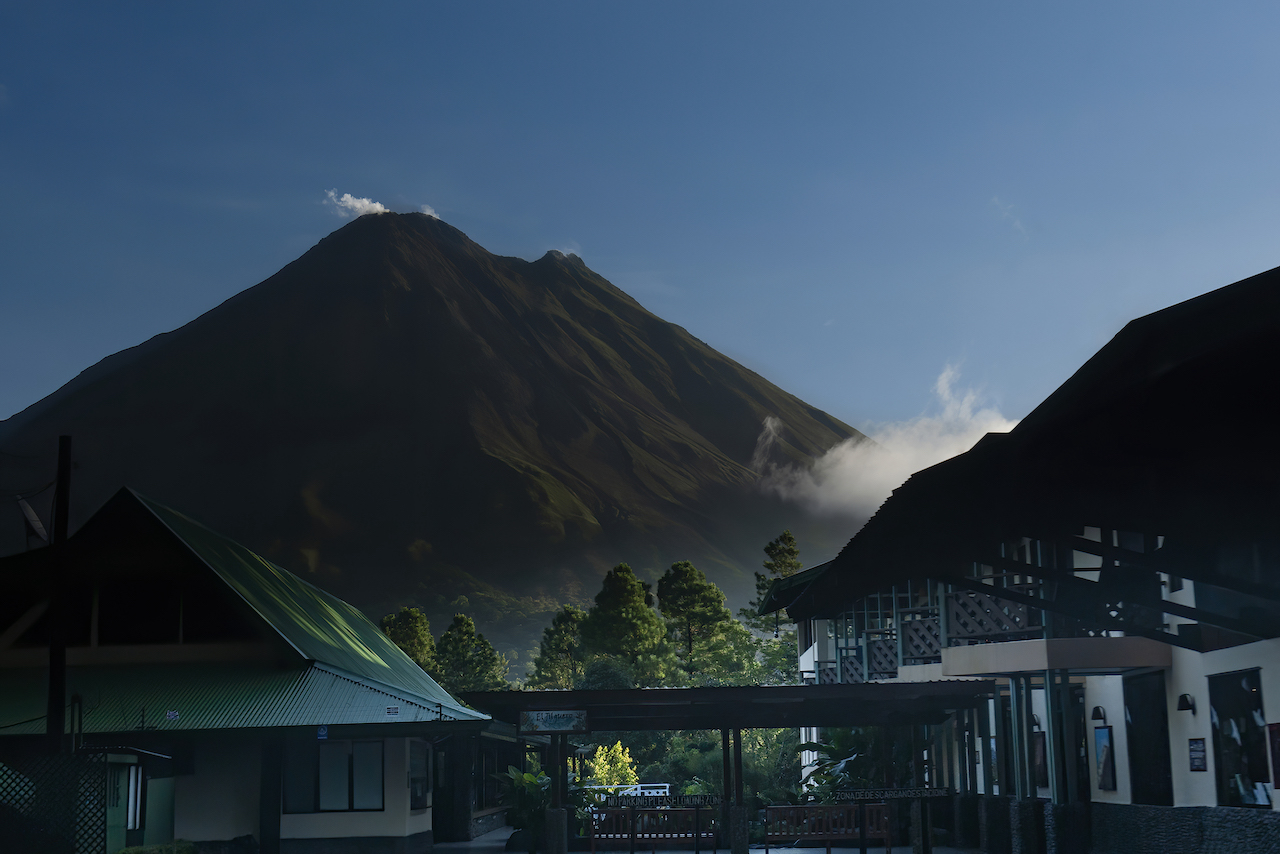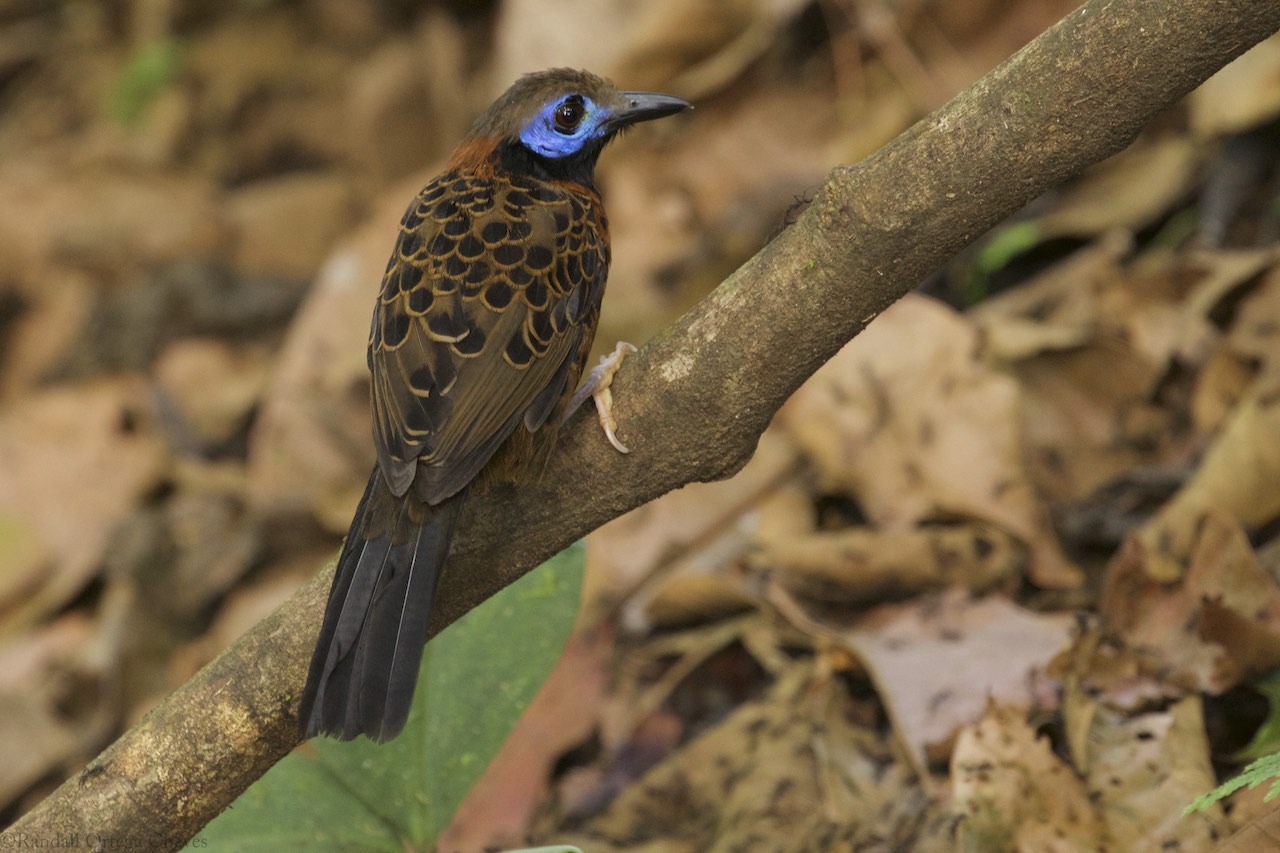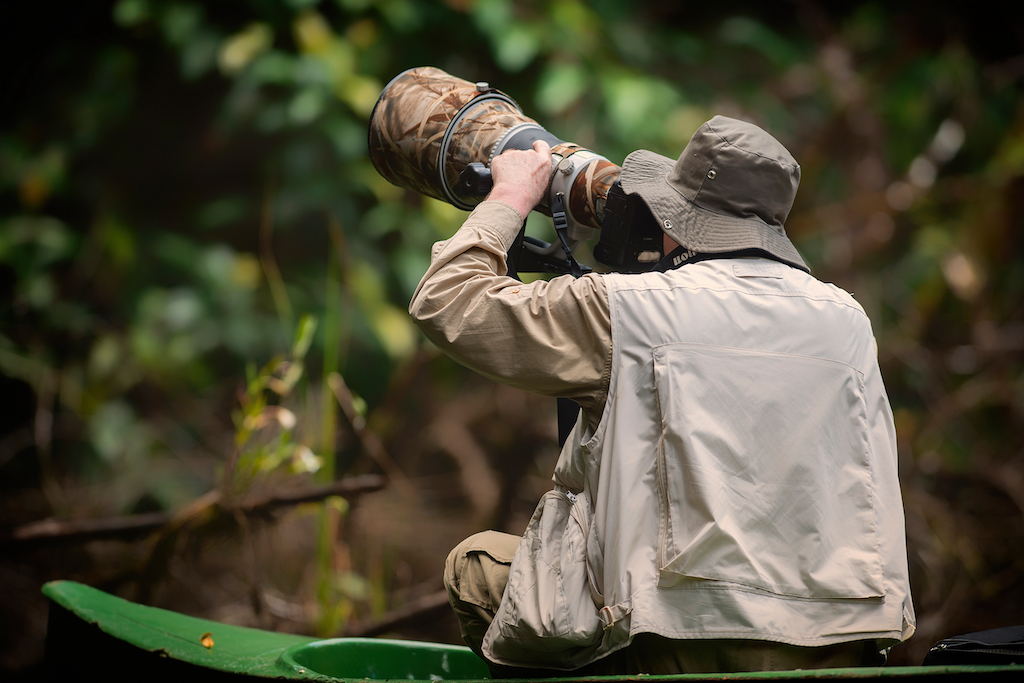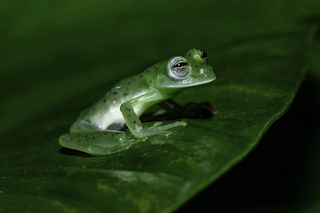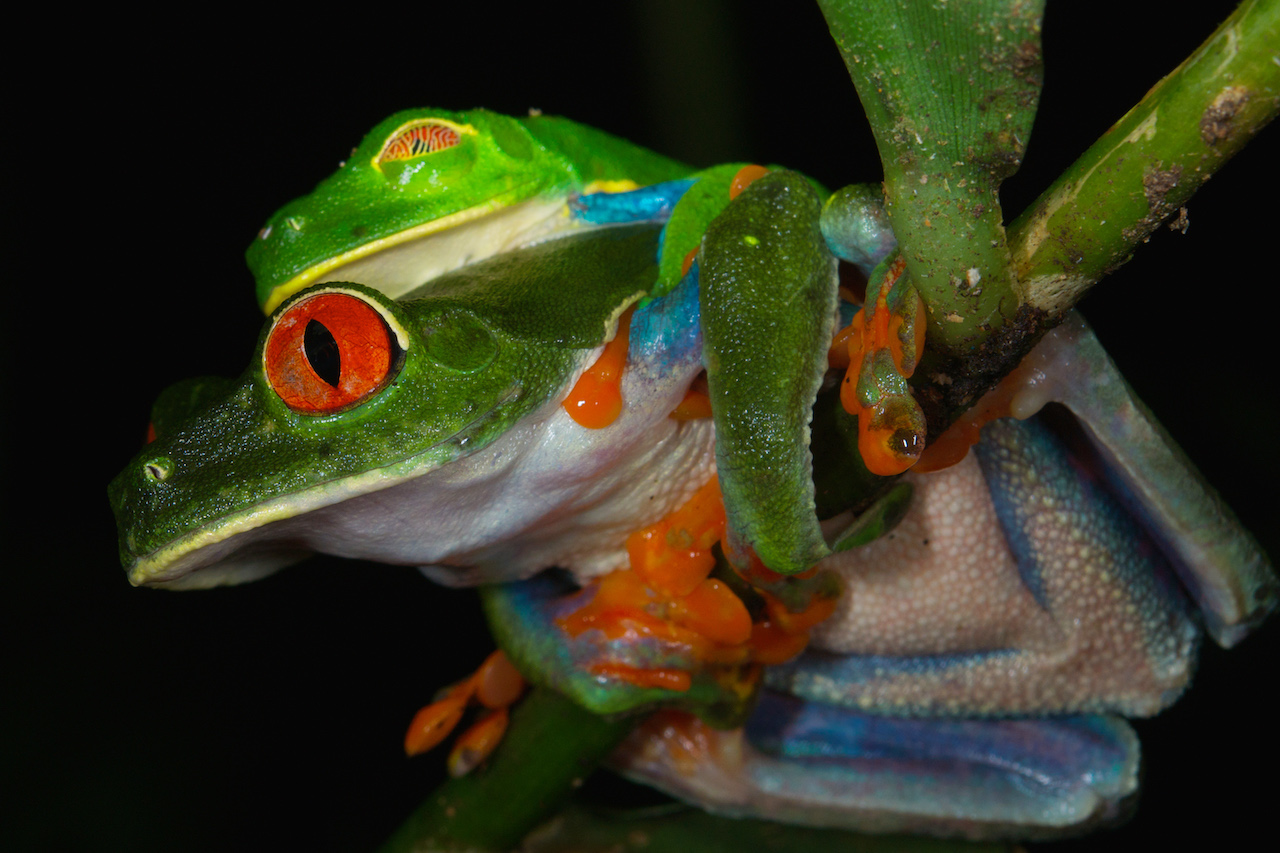COSTA RICA FOCUS
Tour description:
Day 1: Arrival to Costa Rica – Overnight at Central Pacific.
Day 2, 3, 4 & 5: San Vito, Southern Costa Rica
Day 6 & 7: San Gerardo de Dota
Day 8, 9, 10 & 11: Pejibaye, Ujarrás Valley.
Day 12, 13 & 14: Braulio Carrillo Rainforest.
Day 15: Departure – Juan Santamaria’s International Airport.
OVERVIEW
Day 1.
Arrival in Costa Rica. Pick up by NGCR staff, transfer to the hotel in the Garabito area near Tarcoles river. Dinner not included.
Day 2, 3, 4 & 5. Central Pacific and San Vito.
A mangrove boat tour for 4 hours. Let’s kick it off with crocodiles, birds, iguanas and much more. A 4-hour boat tour along Tarcoles River and Guacalillo’s mangroves. Nearly 430 species of bird species are found within the premises of Tarcoles River along with the largest population of American Crocodiles in Central America, large iguanas, howler and white-faced capuchin Monkeys are also present along the mangrove forest.
While in San Vito, Southern Costa Rica. We will enjoy the marvels of Piedras Blancas National Park. Birds, frogs, snakes and thousands of bugs await. This is a little known corner of southern Costa Rica; a true marvel to be discovered. The hotel gardens are extraordinary for hummingbirds on natural flowers, trogons perch at the forest edges, wrens, rails, and toucans everywhere. At night a new world would be born. Nothing more exciting than walking along the ravines filled with amphibians and reptiles. The bug cosmos are still the biggest surprises to capture. Rare looking insects, large spiders, colorful beetles are amongst few of the thousands of life forms hidden at night. Another interesting place we will be visiting is Las Cruces Biological Station.
The rugged topography in the region around Las Cruces provides habitat for a diversity of fauna and flora. Within a 10 km radius around the station, the flora has at least 2,000 plant species including more than 20 endemic plants, 113 mammal species (60 species of bats), more than 400 montane and lowland bird species, an estimated 70 species of reptiles, and much more than 1,000 species of insects including 800 species of butterflies.
The region around Las Cruces is a complex mix of fragmented forests and agricultural land. This setting provides outstanding opportunities for cutting-edge research and conservation in a typical tropical landscape.
Next location: San Gerardo de Dota.
Upon arrival to San Gerardo birds are everywhere: hummingbirds, tanagers, parakeets, warblers, woodpeckers, and so much more. Garden and forest edges exploration is a must.
Day 6 & 7. San Gerardo de Dota.
Early bird photography in search of Quetzal. A place to seek the most beautiful bird in the hemisphere. The Resplendent Quetzal with its incredible tail feathers shining red chest and funky crest it’s a must picture if you come to Costa Rica. After dinner, we will venture into the darkness of the ancient oak forest, a place never explored by macro photographers. A true photographic adventure with an edge of discovery.
Next location: Ujarras Valley
Day 8, 9, 10 & 11. Ujarrás Valley & Pejibaye rainforest
Early-bird walk and departure after breakfast to the most evergreen national park in the country. Tapanti is a place where rainforest has true meaning. Lush, evergreen, mossy tree trunks and orchids dripping from every single branch. What we call the PHD for birders and photographers. A destination to expect the unexpected. Pejibaye’s rainforest is known by a small group of people, mostly bird photographers yet its unbelievable biodiversity is practically a hidden treasure.
Next location: Braulio Carrillo Rainforest.
Braulio Carrillo National Park expands over 110,000 acres. Including the greatest altitudinal range of any Costa Rican park. It spans at least five different habitat zones and is home to over six thousand different types of plant life. The park is also home to several rapidly vanishing tree species, such as the palmito, valued for its heart, nicknamed the poor man’s umbrella because of its enormous leaves. Also check out the unofficial park mascot, the tepezcuintle (Lowland paca). The park also contains over five hundred species of birds and nearly 150 different species of mammals. Bring your camera and capture a resplendent quetzal, tanagers, hummingbirds or a bare-necked umbrella bird! Because of the high diversity found in Braulio Carrillo National Park, it is hard to give an average for any weather condition. Annual rainfall can vary from 400 to 800 centimeters, and temperatures range between 15 and 30 C depending on elevation.
Day 12, 13 & 14. Braulio Carrillo Rainforest
We will be combining macro, landscape and bird photography in this forest as well as the surroundings of the Caribbean lowlands.
Day 15.
Last day and departure from: Juan Santamaria’s International Airport.
NOTES
This journeys trip will focus on:
- Lighting both natural and artificial
- Focal styles and focal points
- Composition
- Recommended Aperture/DOF
- Metering/Exposure
- Landscape photography explained
- Post-processing
- Macro photography Capturing jaguars killing sea turtles
- Conference with local conservationist organization
Locations
